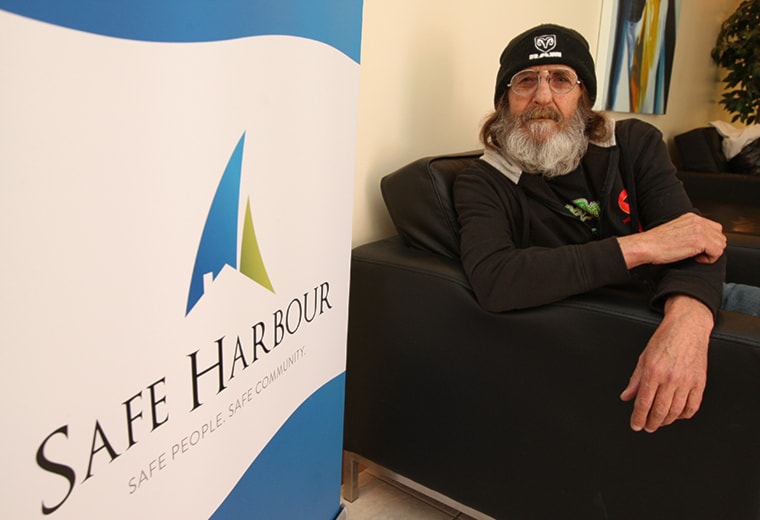By Josh Aldrich
Advocate Staff
When Arthur Graham was diagnosed with hepatitis C in 2008 he started to seek out support groups.
The problem was, in Central Alberta, there were none.
He made it his goal to bring this service back to Red Deer.
After his first failed treatment in 2009, he posted an online ad looking for people who were also in need of support.
It took until this Christmas for anyone to call, but word has finally started to circulate and a new support group has been formed out of the Safe Harbour Society.
The issue wasn’t that there was no need for the group, it was getting people to move beyond their own fears and admit they need help.
“It’s for people who have hepatitis C or don’t have hepatitis C, to make them aware,” said Graham, 67.
“There’s a stigma. Because they have hep C, they’re frightened of telling their friends, so they’re going it alone, except for the support group.
“They feel that people will walk away and not like them anymore. I’m trying to stop that. If you can speak about what you’ve got and people walk away, they weren’t friends anyway.”
Graham is hoping to break those barriers down by being up front about his situation.
The fact is, he doesn’t know how he contracted the virus.
He lived a hard life in a biker gang and partook in many of their activities.
He has tattoos, he used intravenous drugs, he shared razors and toothbrushes, even his late ex-wife had hep C.
“You can’t put a stigma on it, because half us don’t know how we got it,” said Graham.
He is now battling liver cancer as a result of HCV (hepatitis C virus).
Jennifer Vanderschaeghe, the executive director for the Central Alberta AIDS Network Society in Red Deer, says a study in 2011 by the government of Alberta showed that it is believed that 21 per cent of people with hep C do not know they have it and do not exhibit symptoms.
It is believed eight out of 1,000 Canadians are living with HCV, though there is no way to get an accurate number of cases.
CATIE — a Canadian organization dedicated to providing accurate information about HIV and HCV and supporting frontline organizations — estimates that 69 per cent of intravenous drug users have HCV.
Vanderschaeghe says they have a caseload of 300 to 325 people who inject drugs, and just getting them to get tested is sometimes a challenge.
“The everyday reality of someone using injection drugs means that they’re not necessarily motivated by health, so some people aren’t ready to know their hep C status,” she said.
“Knowing your hep C status can help you make better decisions ... and helps you do what you can to prevent transmitting hep C.”
HCV is a curable disease, but if let untreated those afflicted are at risk of profound fatigue, cirrhosis and liver cancer. It is spread through contact with infected blood. Between 70 and 80 per cent of HCV transmission in Canada is due to injection drug use, but it can also be spread through unprotected sex, improperly sterilized tattoos and piercings and other incidences where people are exposed to potential risk.
The support group runs the first and third Friday of every month from 1 to 3 p.m. at the Safe Harbour Society in Red Deer.
jaldrich@www.reddeeradvocate.com
